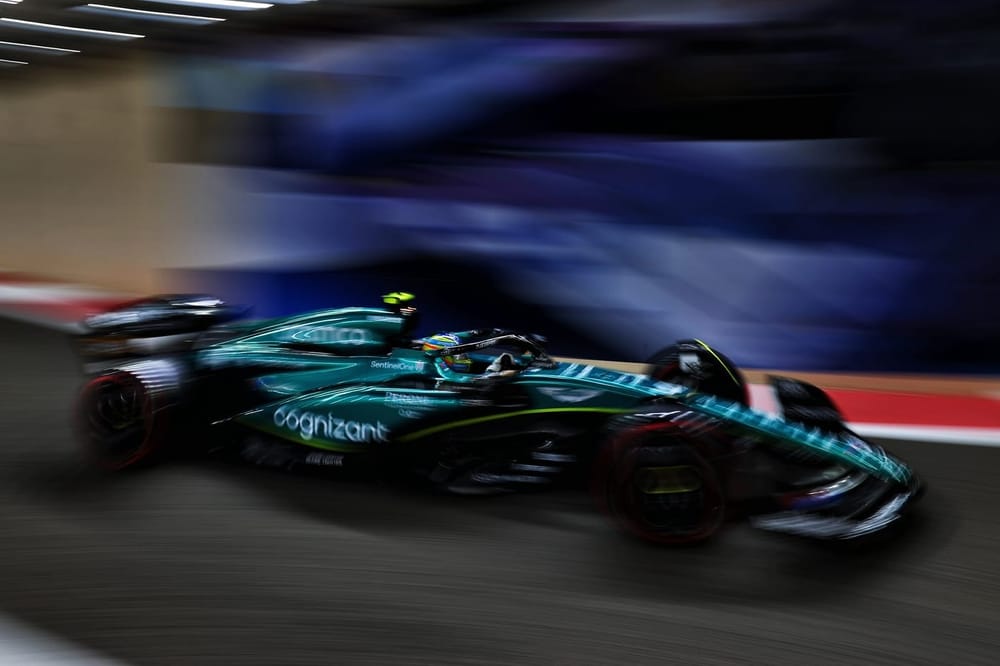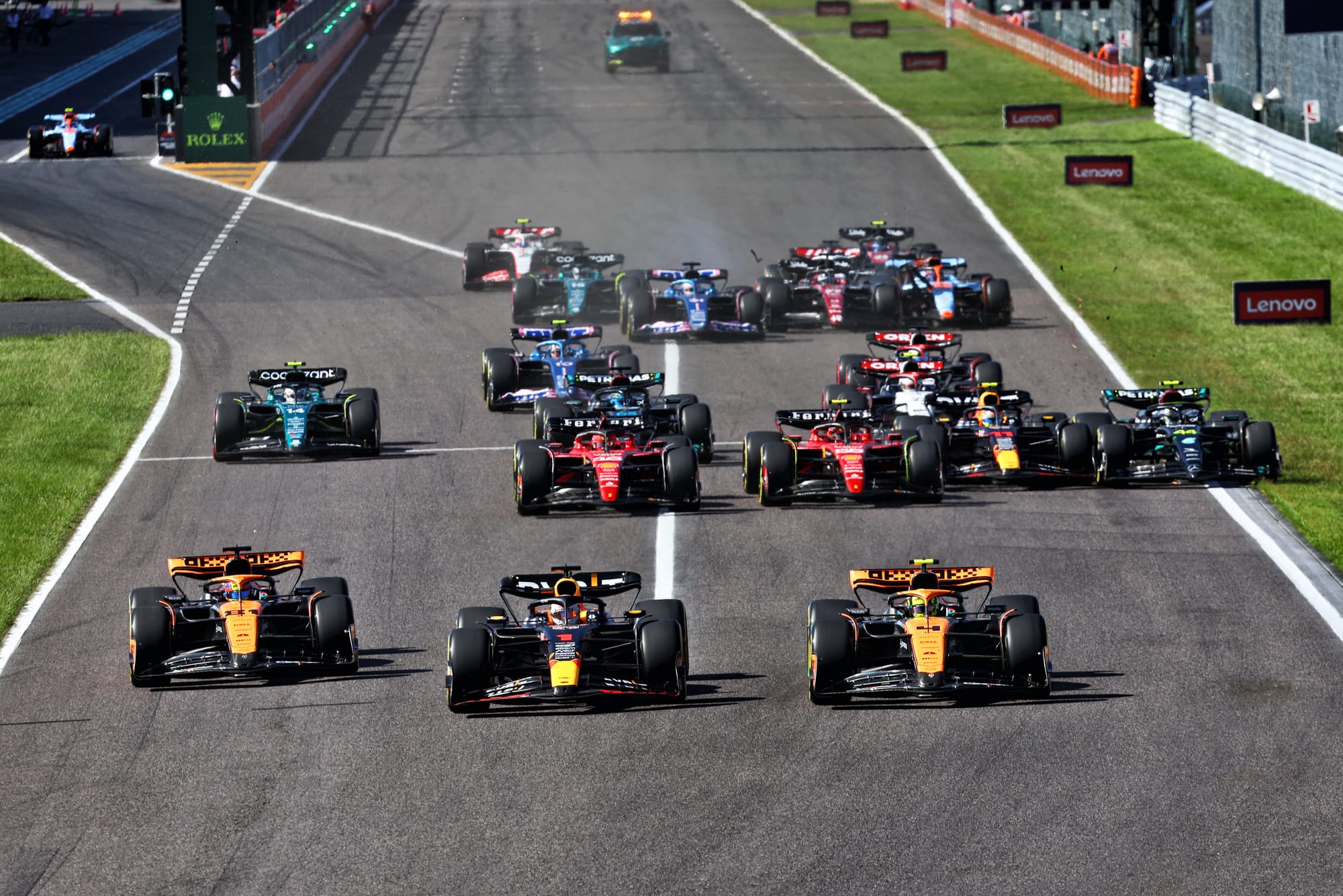Up Next

Formula 1’s most improved team year-on-year reserves effusive praise to describe its 2023, despite ending the season in considerably less competitive form than it started it.
‘Zooming out’ and comparing to the result one year ago, as team principal Mike Krack insists is necessary to review a full season, Aston Martin can reflect on a points haul five times greater than 2022 and eight podiums for star signing Fernando Alonso.
ASTON MARTIN'S 2022 vs 2023
| Points | Podiums | Front rows | |
| 2022 | 55 | 0 | 0 |
| 2023 | 280 | 8 | 4 |
“Maximum positive,” is how Krack rates the season. “I don’t see any negatives.”
Two-time world champion Alonso agrees: “I see only positives as well.
“It was unthinkable 12 months ago, at this stage to think about the campaign we did.
“I remember perfectly the test last year, after the race, with the team.
“If someone tells me that we will be in this position that we are today, I would not believe it.”
Giving Krack the benefit of the doubt - yes, when evaluating Aston Martin's performance from the end of 2022 to the end of 2023, it cannot be viewed as anything but a success.
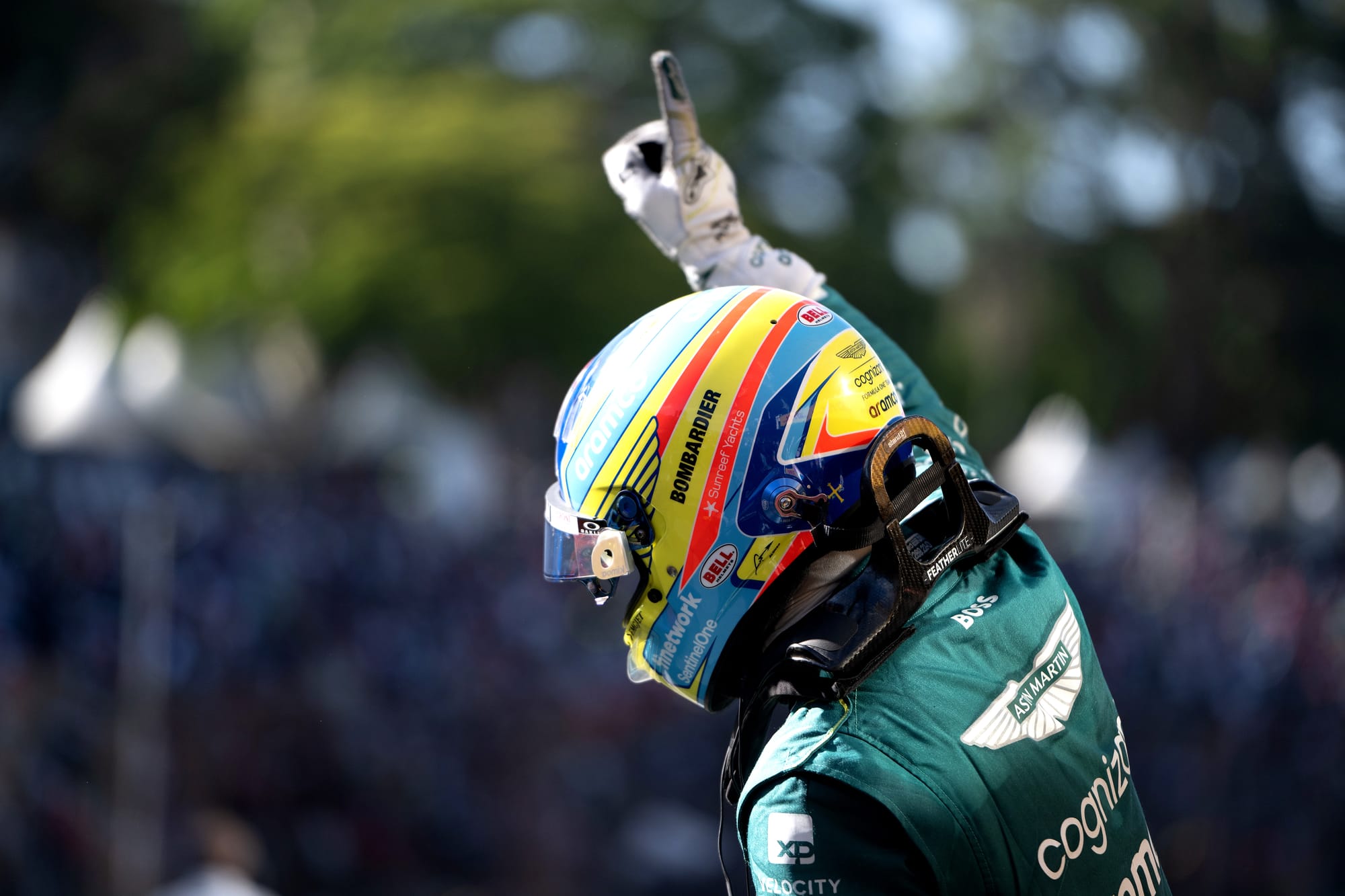
But the season also bears the tinge of disappointment.
Narrative and momentum does matter in F1. And a reversal of Aston Martin's actual seasonal trajectory - starting strong and tapering off - would have given it the kind of obvious excitement McLaren has generated by its in-season rise.
It also would have marked an impressive two-year ascent from the bottom of the championship standings in early 2022 to consistent podium contention and occasional challenging of Red Bull.
Progress is rarely so linear, as Krack points out. But while expectations of maintaining a lead over Mercedes and Ferrari might have been lofty, slipping behind McLaren and becoming vulnerable to Alpine and AlphaTauri at times was a notable setback.
And the issues of reliability concerns, car problems and questionable development partially marred the season.
'ZOOM IN' TO FIND THE PROBLEMS
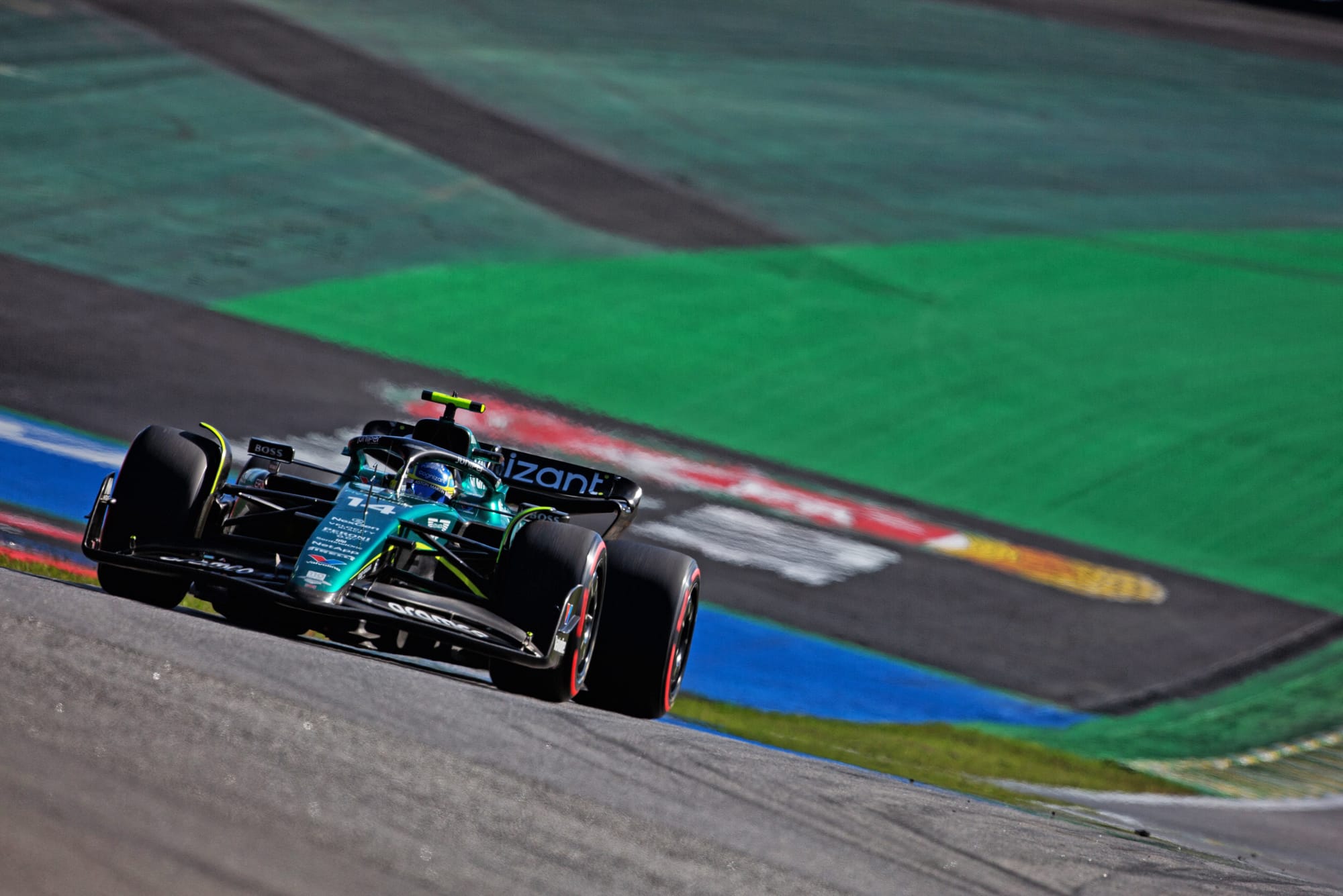
This is why, despite the overarching review of the year being ‘no negatives at all’, Krack readily admits that when you ‘zoom in’ problems are uncovered.
“It’s about what is the general perception of the season,” says Krack.
“That is what I mean, it's difficult to find a big negative if you zoom out.
“If you zoom in, you find issues with operations, with also how the season’s evolved, and I think you have to take these lessons very seriously, you cannot be blind just about what you have achieved.”
Aston Martin went through a lot in 2023, much more than the gentle trajectory from regular podium finisher to fifth-best team (at best) the championship picture might suggest. The struggles with development, infrastructure limitations, and associated technical challenges exposed underlying deficiencies that left Aston Martin at the mercy of the revival of its rivals.
This reality contrasted with the team's ambitious public statements and while it did not nullify the fact it was an impressive season overall, the declining one-lap pace compared to Aston Martin’s early season competitors exposed the fragility of the team’s lofty position early on - especially as it did not do a good enough job with the variables it could control.
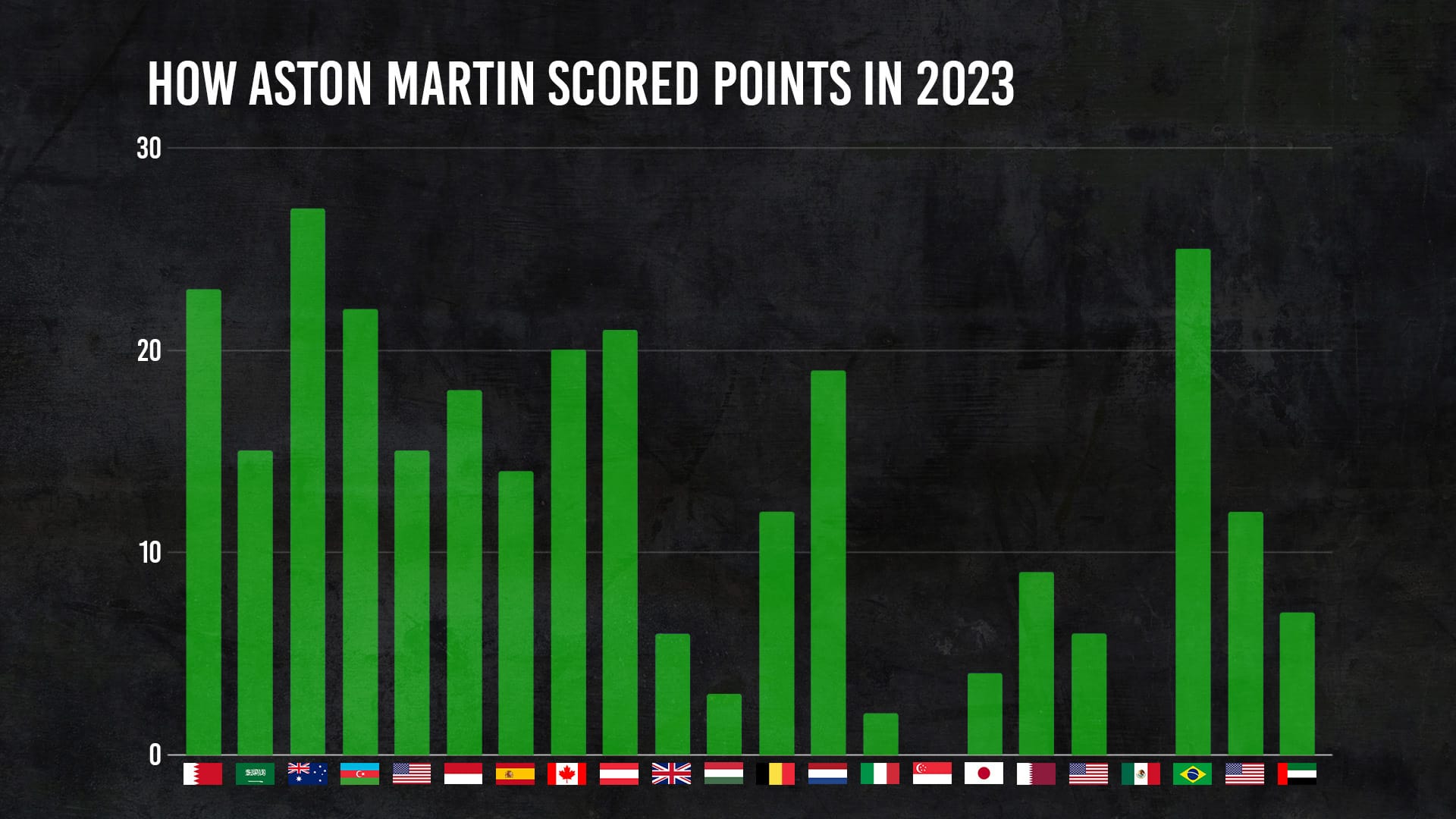
Manufacturing, supply and technical problems caused various issues throughout the season, mainly on Stroll’s side of the garage, as he retired from points positions in Saudi Arabia and Japan, while Alonso retired from a likely points finish in Austin.
Krack preaches “safety, reliability, operations first” and at times it felt like Team Silverstone fell short of this, and in turn its historically excellent record of executing weekends to the maximum.
Performance director Tom McCullough admits that Red Bull set a formidable example in this regard.
“I do think the team, as you say, has generally executed weekends well in the past, we were very well known for that,” he says.
“Now we're obviously, on top of that, trying to design and develop a car to go fight at the front.
“These things do happen. We want to fight right at the front, you’ve got to be perfect weekend in, weekend out. And that's the example made by Red Bull, from the reliability side, the operational side, they've not failed to win many races this year.
“That's just the standard we've got to get to. Rather than just focusing on one area, there are a lot of areas where we need to improve small margins just to be better.”
NOT READY FOR ITS OPPORTUNITY
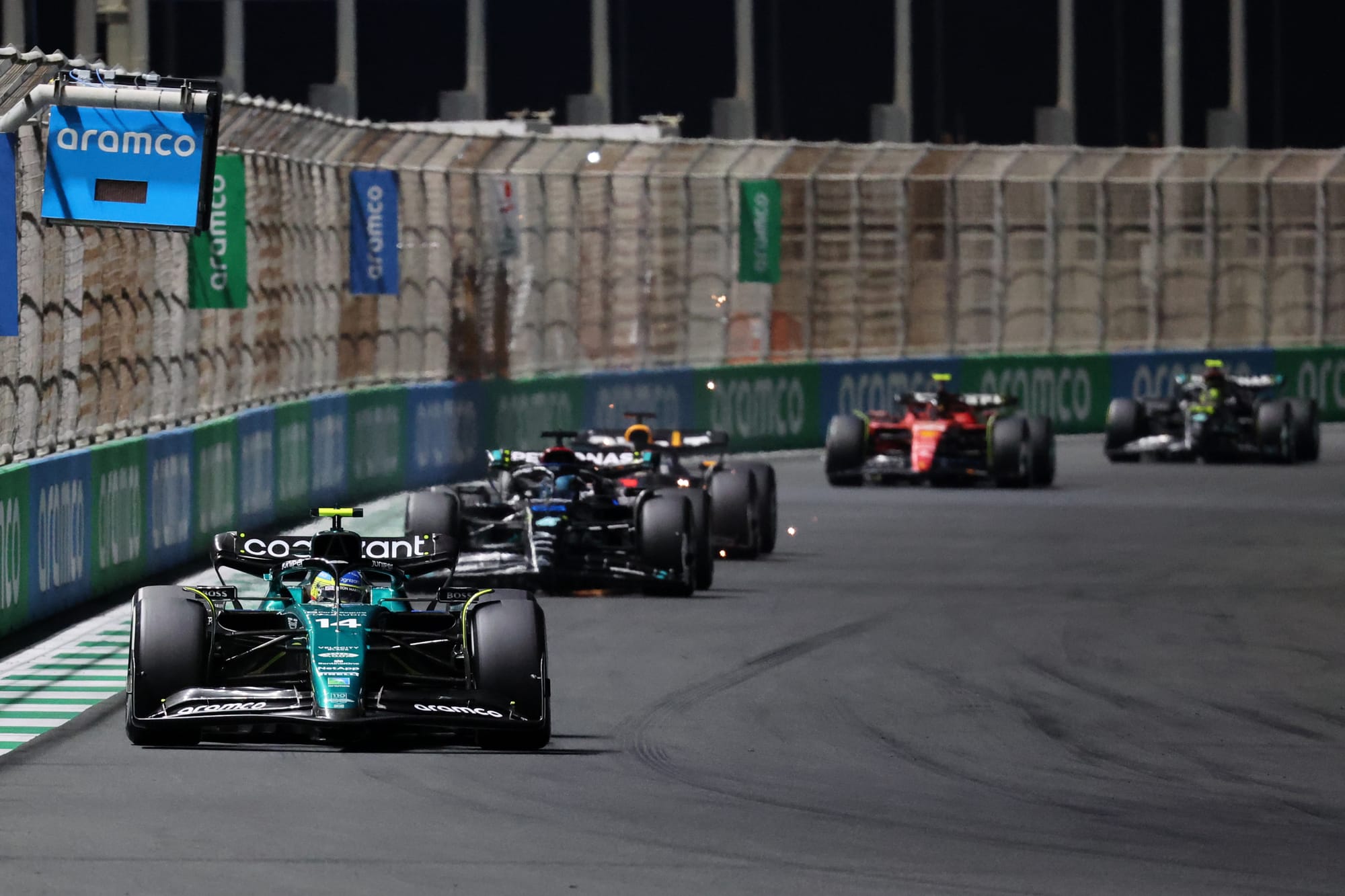
Aston Martin's surge at the start of 2023 surprised many, although it was a more natural progression flattered by circumstance rather than a dramatic single leap.
This has been expressed previously in 2023 but it bears repeating: by the end of 2022, Aston Martin was regularly in contention for points, and maybe even had the fifth-fastest car, despite only finishing seventh in the championship.
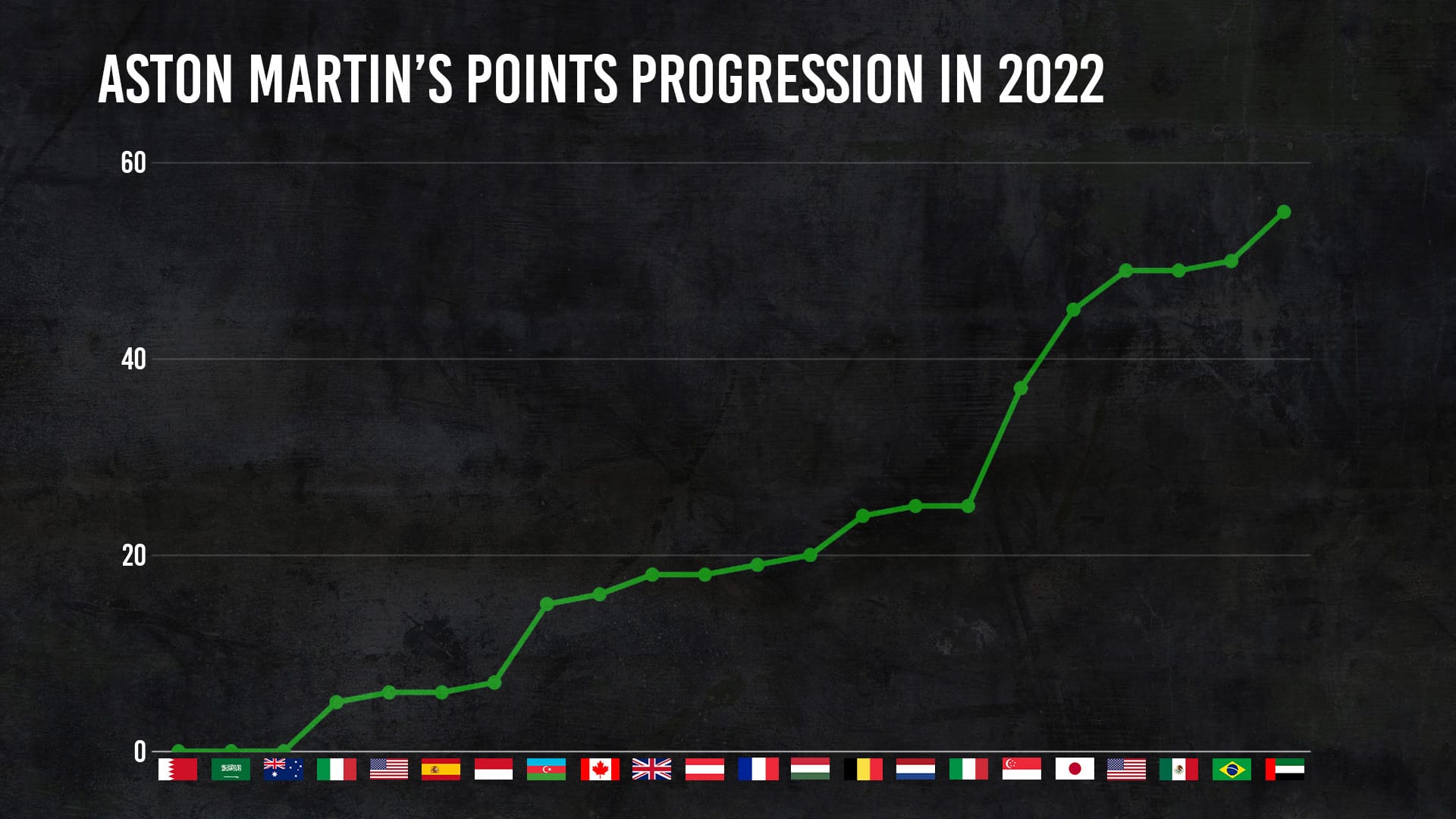
This position did not readily suggest the team was on the cusp of a major advancement but it was clearly on an upward trajectory and in better shape than the final result indicated.
It was obviously built upon over the winter with Aston Martin doing an excellent job with its baseline version of the AMR23, which facilitated progress - leapfrogging McLaren and Alpine. But as Ferrari and Mercedes faltered in a big way, it left a big gap between Red Bull and the end-of-2022 ‘best of the rest’. Aston Martin did the best job of anyone else and duly slotted into that gap.
This clearly gave Aston Martin a big opportunity. But in hindsight, Alonso accepts the team was not ready for it.
“We started really strong with a car that was surprisingly competitive, even to us, the step from last year to this year,” he says.
“And then we found ourselves maybe in a position that we were not ready for, fighting with Mercedes, Ferrari, top teams that are used to fighting at that level.
“We maybe stepped back a little bit, in terms of development also in the car during the season, we are not at the top level yet.
“And we found ourselves a little bit less competitive.”
Krack concurs that Aston Martin found a “much harsher development race” than when it was picking itself up from a slow start in 2022 and working its way up the midfield. This meant it fell away from its flattering early position fighting for second in the championship.
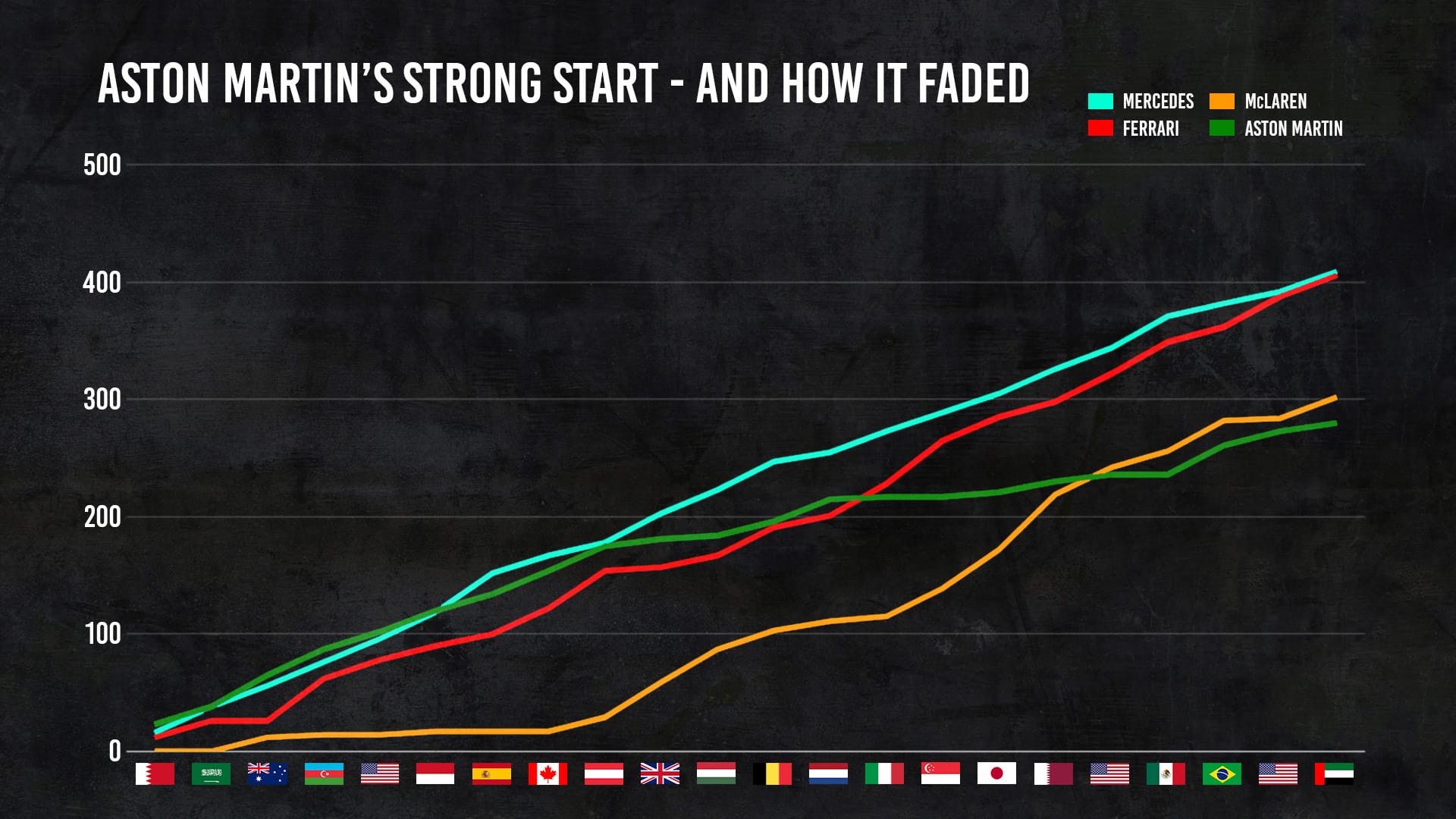
Still, though, he says the result is “not a disappointment”. Krack believes the “realistic” view is that Aston Martin - which moved into a new factory during the season but that facility is incomplete and its brand new windtunnel is still not online - is lacking the firepower of the teams it started 2023 ahead of. So staying there was a tall task.
“We started the year in a very good position but we also need to analyse why have we been in that position,” he says.
“And if you really analyse that and be realistic about where you are, then it cannot be a disappointment.
“We were surprised and I think everybody was surprised that some teams were not coming out of the starting blocks as we have expected. And then by developing, they came back to their more natural position.
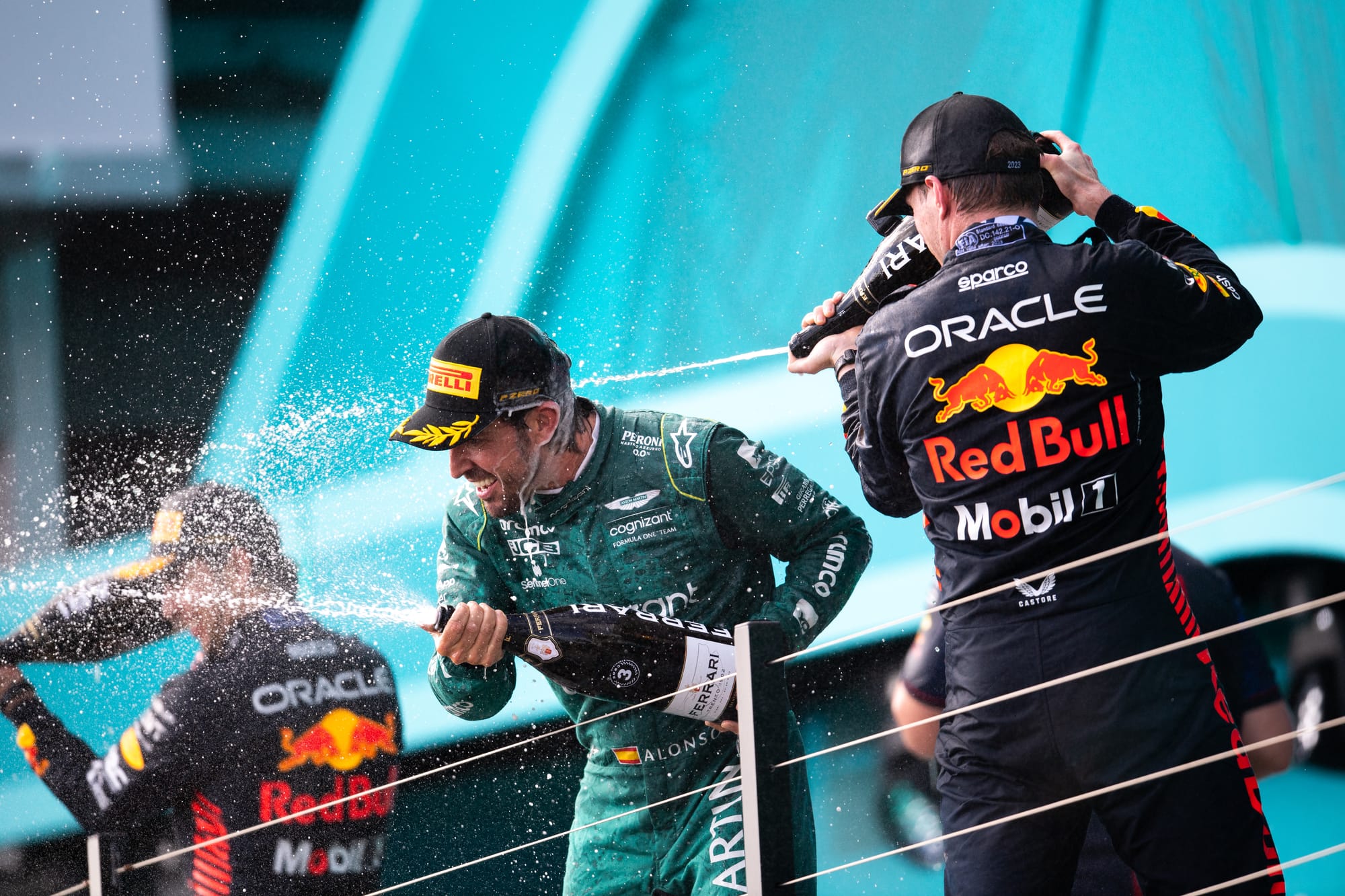
“That is something that we cannot influence, with the firepower that we had.
“From that point of view, I think it would be wrong to say that this part is a disappointment.
“It is something that we know that we need to work on for the future if we want to become a stronger team.
“But it would be not correct to put this as a disappointment.”
A WEAKNESS UNFIXED - THEN ADDED TO
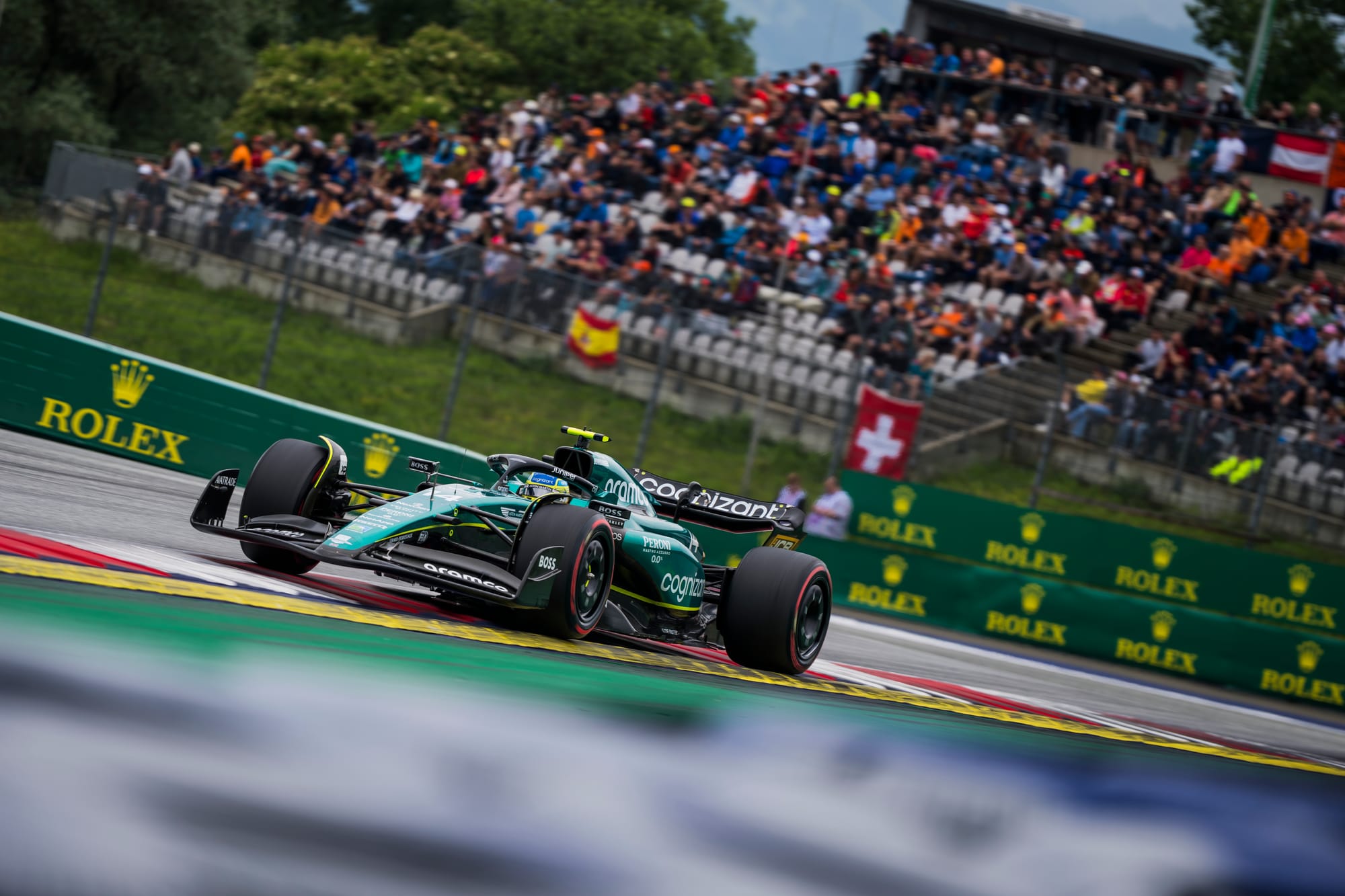
Beyond the early part of the season where the car was very competitive, especially on Sundays, and seemed like a decent all-rounder, some weaknesses became apparent as rivals upped their game and small issues crept in.
Tyre management, strategic execution and team motivation have all been cited by Alonso as quite consistent positives from 2023. But he also pointed out on more than one occasion that he was too vulnerable on the straights.
It was obvious through the year that the car lacked straightline speed, and Aston Martin’s initial confidence that this would be mitigated by aerodynamic packages and choices as the season progressed proved ill-founded.
“That was, in performance numbers, our weak point,” Alonso says.
“We were always a little bit too slow on the straights. And if we want to be as fast as the others, we need to drop too much the rear wing, and then we ended up slow in the corners as well.
“That was probably the loop that we could not get out of this season.”
The bigger, or more concerning, issue though is how the AMR23 became a more complicated - maybe worse - car through the season, despite a lot of bullish rhetoric around the development plan through much of the year.
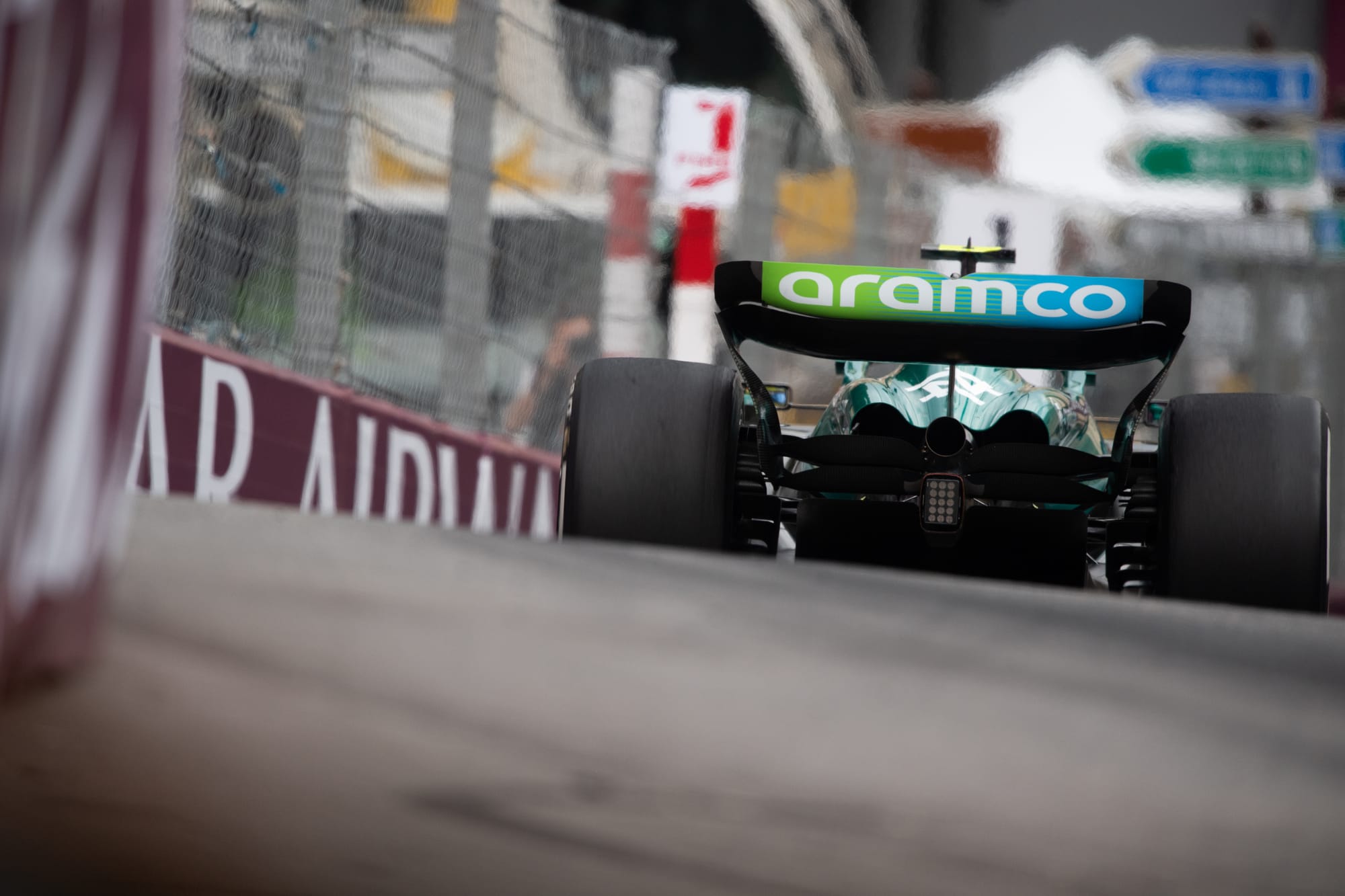
Alonso reckons Aston Martin gradually found the car had more of a narrow operating window.
“We need to find some consistency,” he says. “Maybe one of the weak points was the car has to operate in a very narrow window.
“It’s the same for everybody but it seems that we struggled a little bit and it will be nice if we can always perform at a stable level next year.”
Was that problem present earlier in the year too?
“I think a consequence a little bit of the development of the car,” Alonso reckons.
“But it is the same for everybody. When you try to extract that extra on the performance of the car, you need to sacrifice some areas to gain in some others.
“You start narrowing the window. But I think we have some ideas for next year as well and everything should be better.”
The car troubles became most noticeable after the summer break, and were exacerbated by experimental parts that appeared on the car at the United States Grand Prix - a sprint weekend, which Aston Martin eventually acknowledged was possibly a mistake.
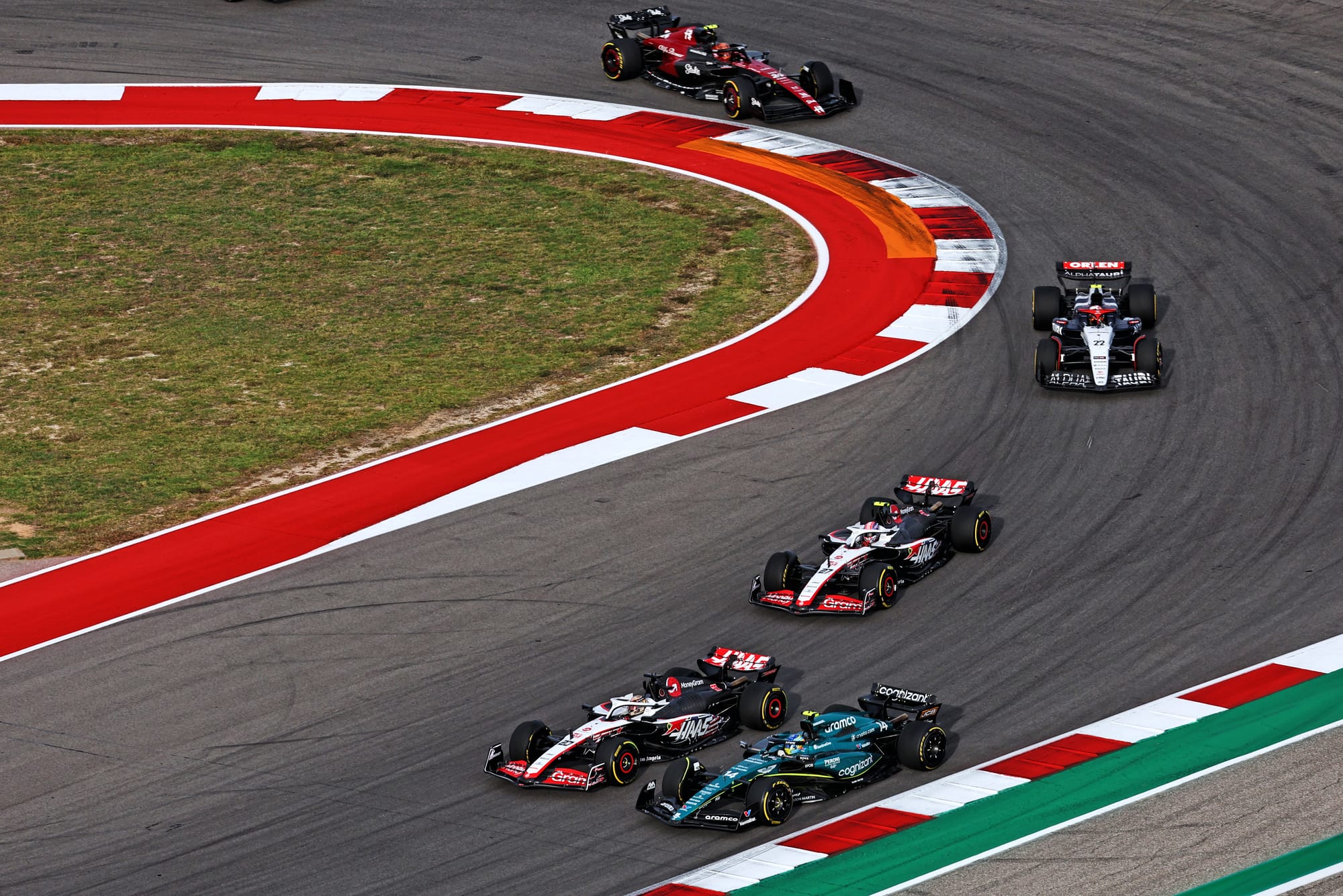
Aston Martin ended up experimenting with different floor specifications over two race weekends to get to the bottom of what was working and what was not. It had been left, as performance director Tom McCullough puts it, “on the backfoot with quite a different characteristic car to understand”.
But there was a silver lining, McCullough adds: “The learning we went through as a team, both to understand how to get the most out of this year’s car but more crucially to get the data we need for next year's development, has been very valuable to us.”
That will be validated (or not) in 2024. Which will be an important year. As ultimately, Aston Martin’s year-on-year progress really does merit significant praise, but it cannot gloss over the imperfections.
This season could still have been better, and showed how much further Aston Martin still has to go as well as how far it has come.


